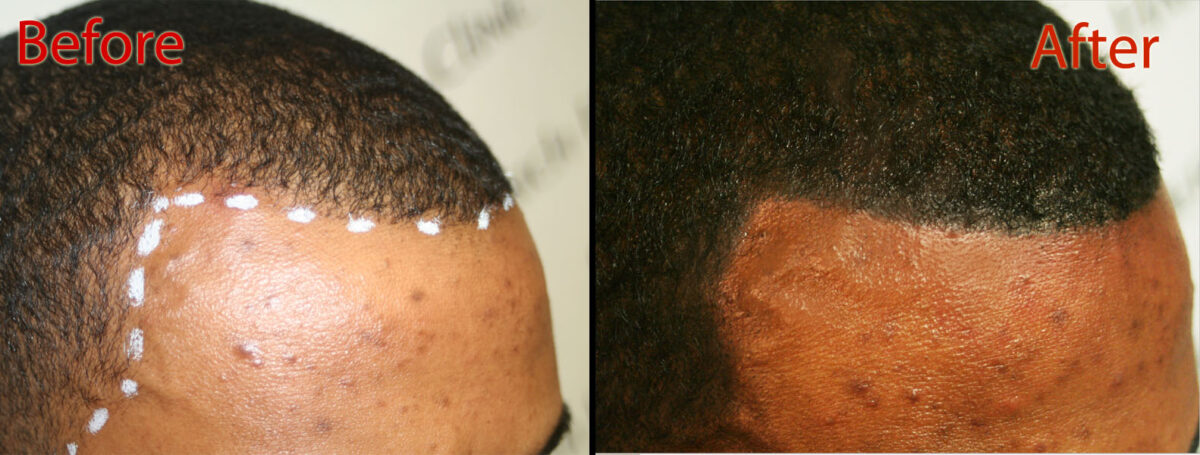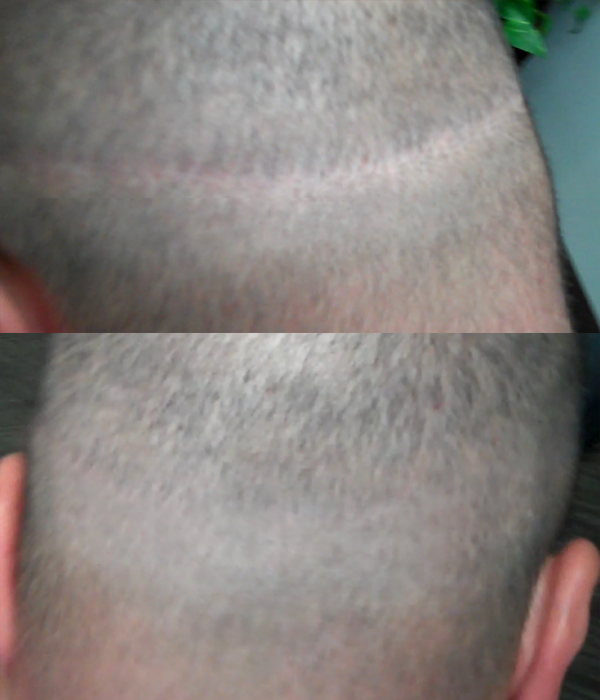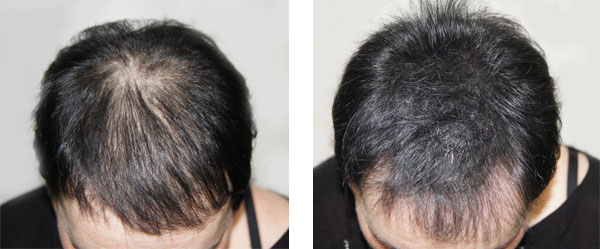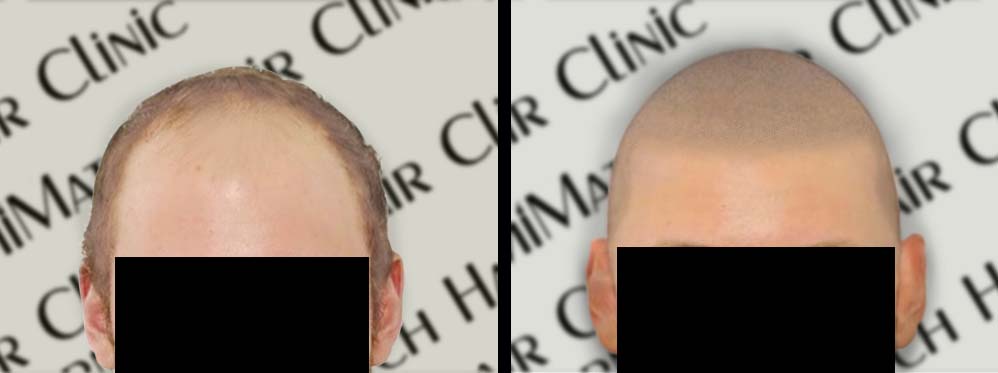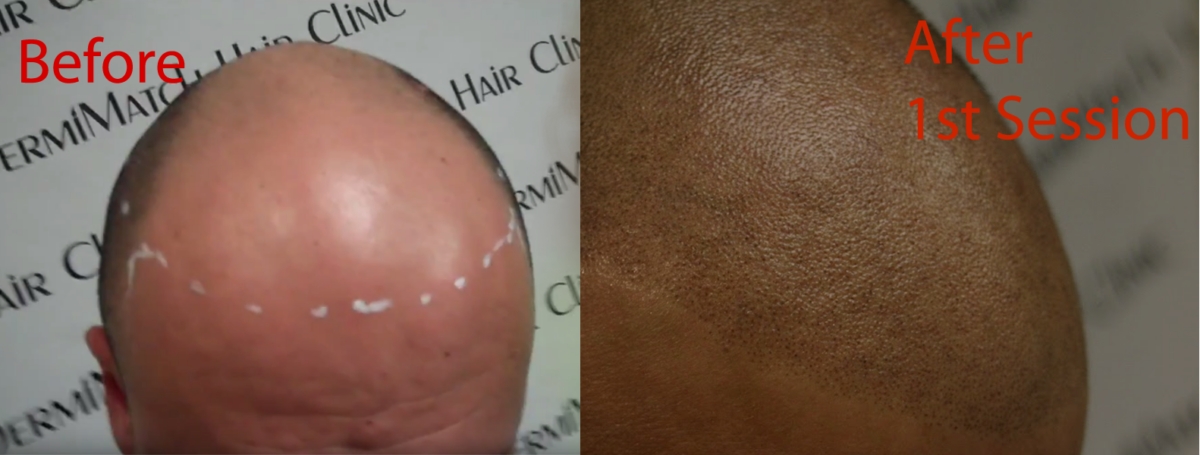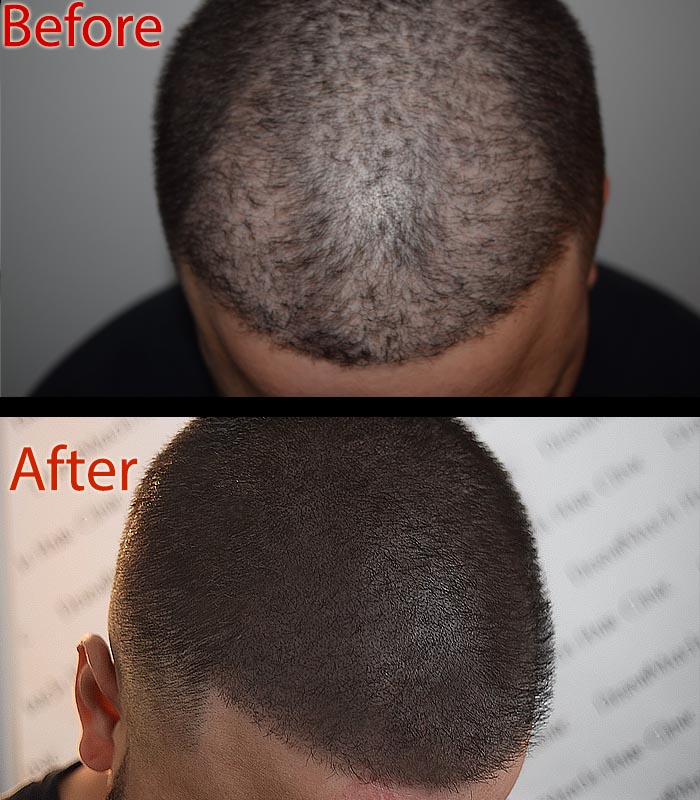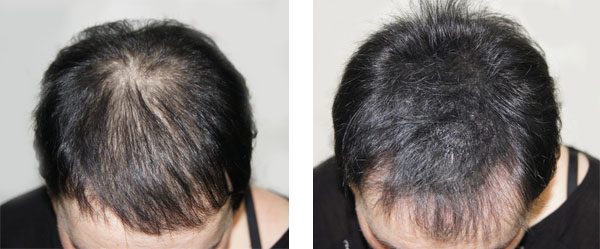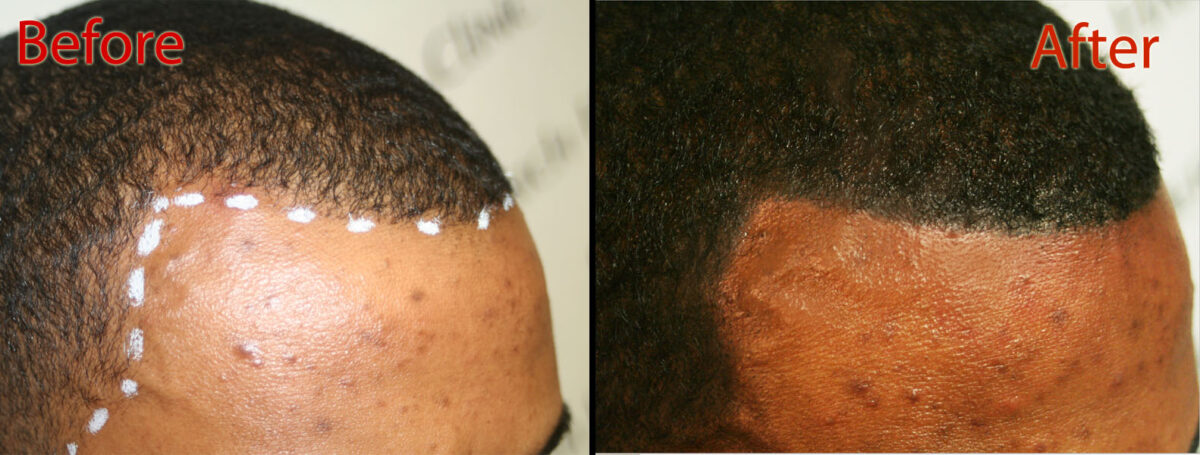Scalp micropigmentation (SMP) is a cosmetic tattoo procedure that creates the illusion of tiny hair follicles on the scalp for someone suffering from hair loss. It is fast emerging as one of the leading hair restoration alternatives in the world of hairstyles.
But it’s important to understand various SMP styles and their potential variations. To do so, you can collaborate with a skilled artist to achieve a result that perfectly complements your unique characteristics.
What Are Core SMP Styles?
This technique creates a uniform shade across the entire scalp, replicating a closely shaved or buzzed look. It’s ideal for those with advanced hair loss or complete baldness.
Diffused Micropigmentation
Here, pigments are applied in a scattered and diffused manner, mimicking a natural, graduated effect that blends seamlessly with existing hair. People with thinning hair or receding hairlines prefer diffused SMP.
Hairline Micropigmentation
This style focuses on replicating a natural-looking, dense hairline along the frontal hairline area. It is ideal for those with a receding hairline. What’s more, you may choose to combine it with other SMP styles for a more comprehensive look.
Scar Camouflage
This technique uses SMP to camouflage or conceal scarring on the scalp, such as hair transplant scars or injury scars. When a scalp practitioner strategically blends pigments with the surrounding skin and hair, it results in a more uniform appearance.
Density Micropigmentation
This style creates the illusion of increased hair density or thickness. Pigments are strategically applied to address thinning hair or diffuse hair loss patterns.
3D Scalp Micropigmentation
This advanced technique utilizes layering of different pigment shades and specialized application methods to achieve a highly realistic, three-dimensional look.
But what makes it unique is how it mimics the depth and texture of natural hair follicles for an exceptionally natural aesthetic.
Customized SMP Style
Now when you are looking for a customized look, scalp micropigmentation is the solution, with plenty of customization options.
But it is crucial to choose the right hands for the scalp job. So look for a skilled scalp artist with expertise in scalp micropigmentation.
Hair Density Customization
Density replication allows you to choose a slightly denser look than your natural hair for added volume or a more dramatic increase in density.
The scalp artist can strategically vary density for a natural growth pattern. The “buzz cut effect” can be customized by adjusting pigment dot size and distribution for a finer or bolder look.
Hairline Shape Variations
The receding hairline SMP style can mimic your natural pattern or create a more desirable mature hairline shape. The artist can adjust temple recession angles and the rate of thinning for a personalized look. The “M-shaped hairline” offers variations in curve and point definition to achieve a youthful or mature aesthetic.
Additional Customization Options
Incorporating slight asymmetries into your hairline can further enhance realism. For individuals with salt-and-pepper hair, SMP artists can integrate gray pigments with your primary hair color to create a natural blend.
Choosing the perfect SMP style requires a collaborative effort. During your consultation with a qualified SMP artist in Arizona, discuss your desired outcome, hair loss pattern, scalp condition, and lifestyle.
That’s when the scalp practitioner will assess your hairstyle, analyze your facial features, and recommend SMP styles that complement your looks. They may even use specialized software to create mock-ups and visualize potential results.
Besides, understanding the customization options empowers you to actively participate in creating an SMP style that reflects your individuality and boosts your confidence.
Now the onus is on you to choose a skilled and experienced Arizona SMP artist, who can guide you through the selection process and translate your vision into reality.
Get Help Now
DermiMatch Clinic has a track record of happy and satisfied clients. Its scalp practitioners are highly skilled in scalp micropigmentation and have a stream of happy clients.
So what are you waiting for? Get into action now and schedule a consultation with top scalp technicians in Arizona.

